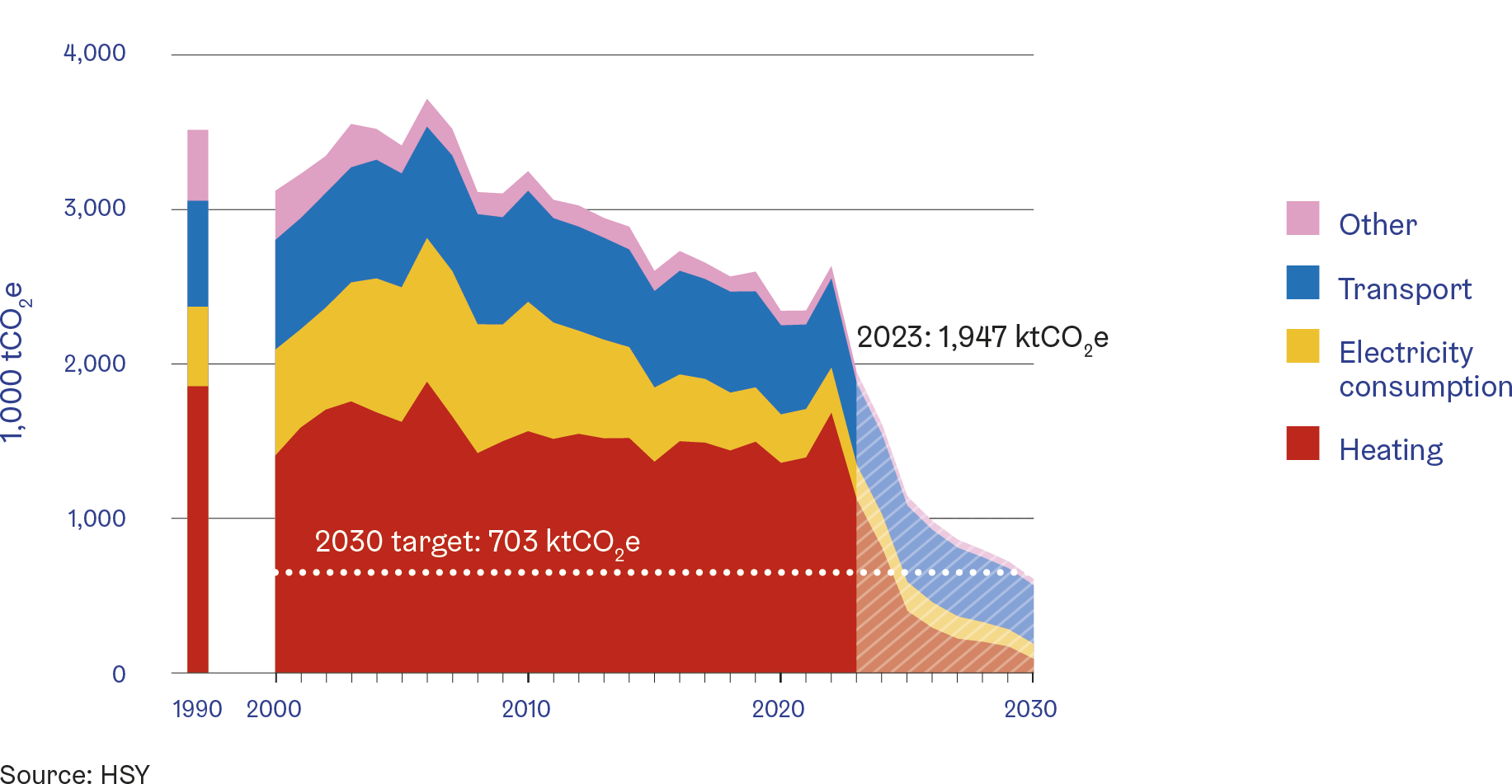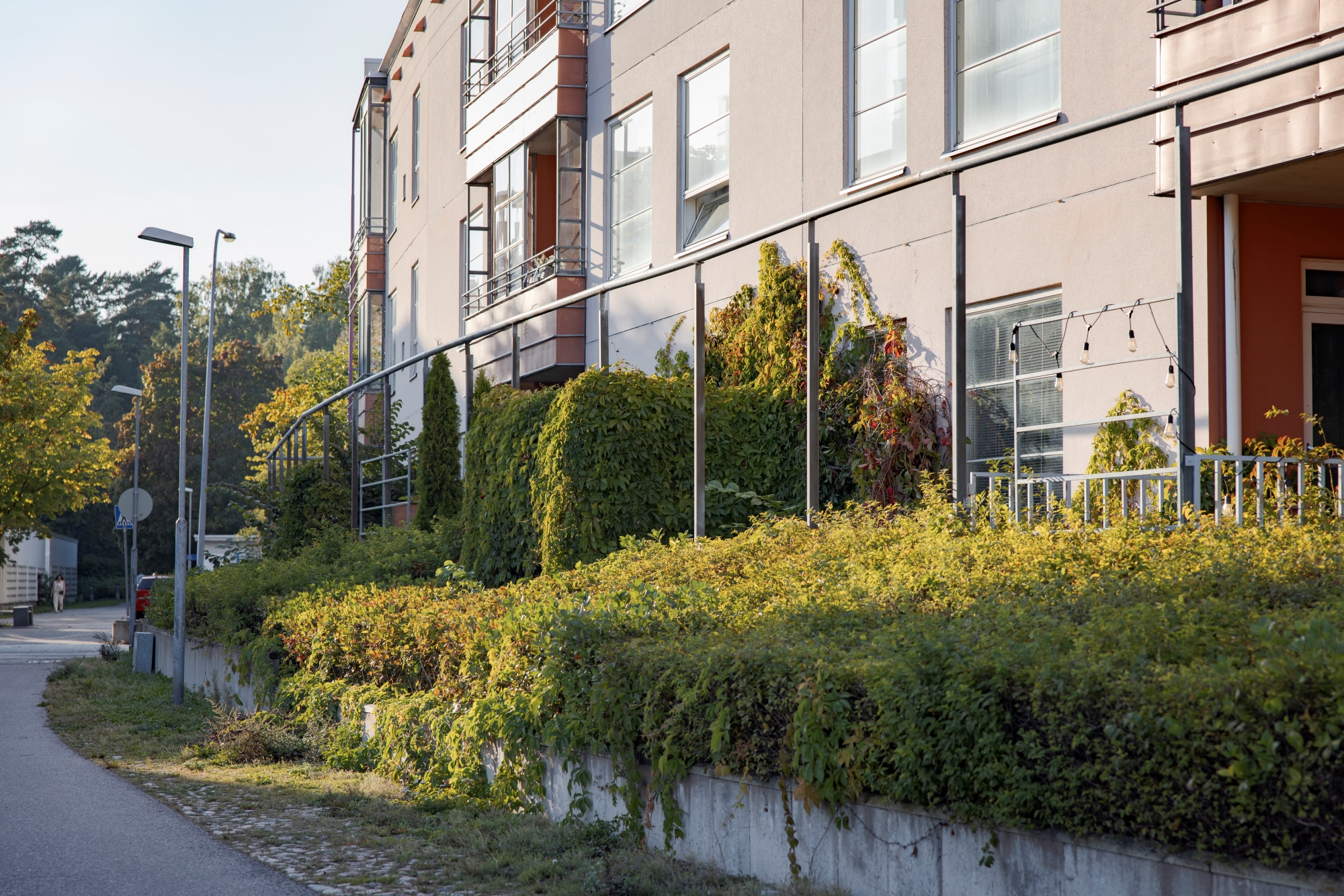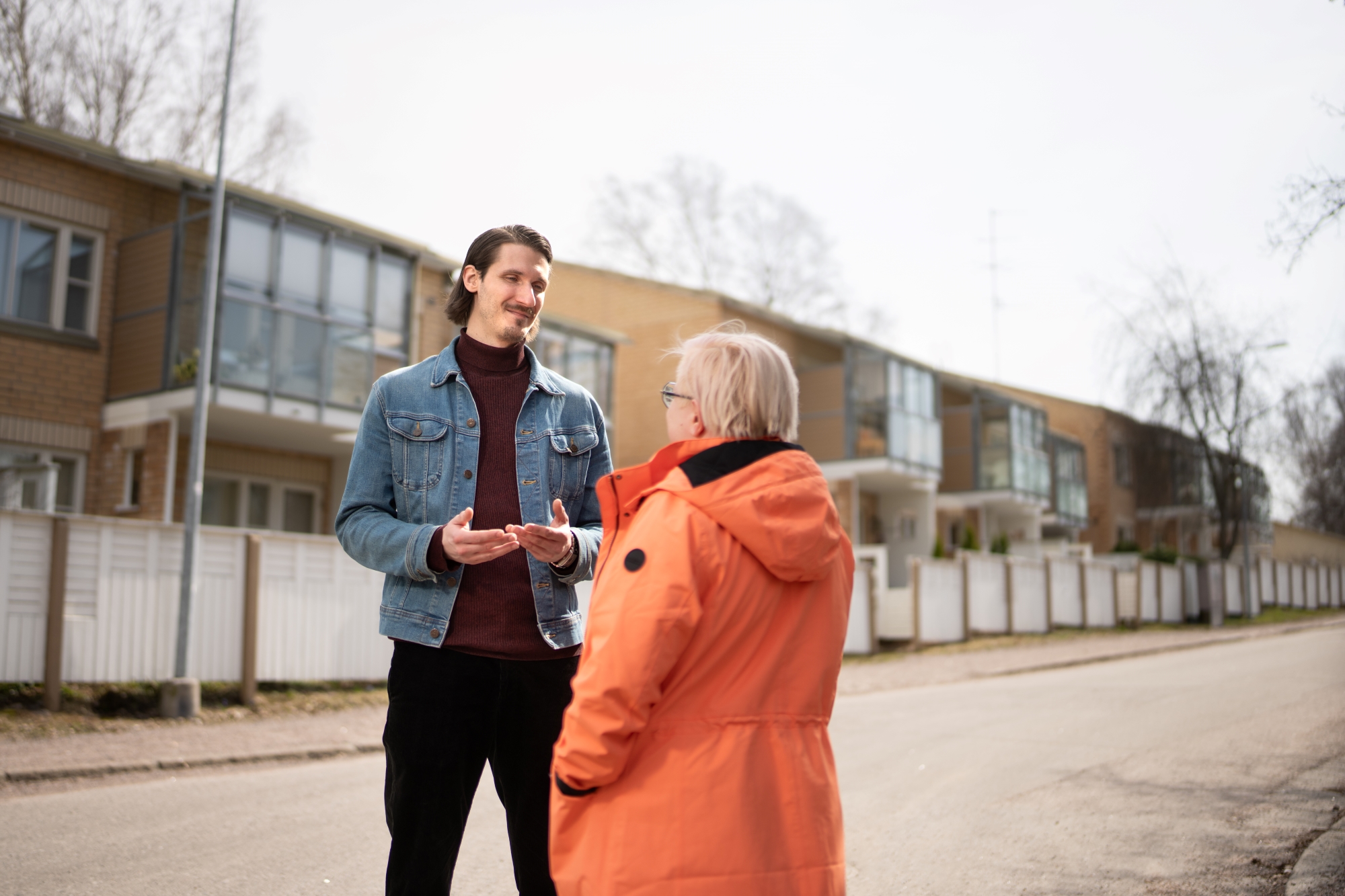

Helsinki is aiming at carbon neutrality by 2030, net zero by 2040, and then carbon negativity, which means that the CO2 emissions generated in the area must be less than the area’s capacity to store carbon dioxide. To reach the net zero targets, there should be a significant increase in natural and technological carbon sinks and significant further reductions in emissions. The number of carbon sinks was assessed in 2024, and a preliminary study on how to increase the number was carried out, which showed that increasing the number will be challenging. Natural carbon sinks currently cover about 3% of Helsinki’s direct emissions. At the same time, adapting to the already visible impacts of climate change is highlighted and green structures also play a key role in this.
The climate goals concern direct emissions (scope 1 and 2), but Helsinki’s environmental protection targets for 2040 also aim to reduce city residents’ carbon footprint. The Carbon-neutral Helsinki Action Plan addresses the carbon neutrality objective and reduces direct emissions and, in the case of construction, also indirect (scope 3) emissions. Influencing and communication efforts related to other indirect emissions, such as the consumption and dietary habits of city residents, are primarily carried out by Helsinki Region Environmental Services HSY under the strategic guidance of the City. The City is also currently exploring new ways to influence the carbon footprint of its residents. The Ambitious Climate Responsibility programme group, chaired by the Mayor, sets out guidelines for climate action and ensures a sufficient level of ambition in both mitigation and adaptation work.
From 1990 to 2023, the amount of greenhouse gas emissions in Helsinki decreased by 45%. The most significant reason for the decrease in emissions is the cessation of burning coal at the Hanasaari power plant. At the end of 2023, Helen Ltd published a strategy that puts green transition, flexibility and profitability at its core. Helen Ltd’s goal is carbon-neutral energy production by 2030, and the use of coal will also end in Salmisaari in spring 2025. Emissions from electricity consumption have fallen steadily, which is explained by the reduction in the national electricity emission factor. Emissions from transport have also decreased, but more slowly than in other sectors, and as early as 2025, transport will be the largest source of direct emissions in Helsinki. According to a projection made in 2024, Helsinki is expected to achieve an 81–83% reduction in emissions by 2030 compared to 1990, so new measures are still needed. To this end, a proposal for new additional measures for transport is on the table.
Climate emotions and concerns about climate change have steadily increased among Helsinki residents. In the Helsinki Barometer survey in autumn 2024, the climate crisis was the third most common concern, after the well-being of children and young people and the well-being of older people. According to a 2024 study, around a fifth of children aged 11–15 years were emotionally invested in climate change, and felt concern, inadequacy and guilt about the issue.
Emissions development by sector

Towards a Helsinki prepared for extreme weather phenomena
Climate change requires adaptation to its effects. Helsinki aims to be prepared for extreme weather events and their indirect effects. Preparedness must be taken into account in city planning and new construction and renovation projects. In recent years, adaptation measures have focused on the development and implementation of natural stormwater management methods, the strengthening of the green structure, the development of the green factor tool, and the improvement of summer cooling in the City’s schools and care homes, as well as climate change risk management.
Adaptation work has been fragmented and not sufficiently integrated with other planning. In Helsinki, adaptation is divided into two time spans: preparation for extreme weather events and longer-term adaptation, which requires changes to the way the city is planned and built. Short-term preparedness actions have been prioritised on a risk basis. An overall plan for longer-term adaptation is under preparation. The City started the risk-based work in 2023 with the planning of heavy rainfall preparedness for the inner city and completed the legislative study and modelling of flood hazard areas in the inner city in early 2024. Furthermore, the City completed a rainfall scenario analysis for the statistical frequency of rainfall in the future climate. During 2024, the City will complete a more detailed modelling of stormwater flows in the inner city to assess the costs of flooding and possible preparedness solutions. By comparing these, the aim is to set the level of preparedness for heavy rainfall in Helsinki. In addition to this, the City’s flood group has defined the tasks involved in preparing for seawater floods and is continuing to identify the parties responsible for these tasks. The next adaptation task is a heatwave plan. While current extreme weather events such as heatwaves can be prepared for and the immediate effects of heatwaves can be responded to, adaptation to more intense heatwaves in the future has not started. It requires cooperation between divisions and the creation of processes. As part of the planning of adaptation to heatwaves, the City will also carry out a vulnerability assessment of the impacts of climate change to understand the equity of adaptation measures.
In terms of the green structure, the City is investing in strengthening the effectiveness of green factor tools. ‘VALUE – Valuation and strengthening of urban green spaces in landscape planning in cities’ is a project that focuses on strengthening green structure in detailed planning through the further development and implementation of the green area factor tool. The plot-specific green factor was included in the new building regulations adopted in summer 2023. Work is underway to update the tool to place greater emphasis on biodiversity and adaptation to climate change.
Successes:
- Emissions from heating have fallen significantly and will continue to fall in the coming years.
- Awareness of the local role of green structure in strengthening the city’s climate resilience has increased.
- Helsinki has set a limit value for the lifecycle carbon footprint of new blocks of flats.
- The energy advice service for housing companies has promoted the energy efficiency of housing companies.
- The City has enhanced emission reductions by focusing on the most effective measures in heating and construction.
Areas for development:
- New measures to reduce emissions must be introduced in transport.
- Climate change adaptation and urban growth need to be reconciled and actions to adapt to climate change need to be prioritised.
- Measures to cut consumption-based emissions are needed.
Programmes and websites:
Carbon-neutral Helsinki PDF
Helsinki’s Climate Change Adaptation Policies PDF
City of Helsinki Storm Water Management Program PDF
Climate work in Helsinki



